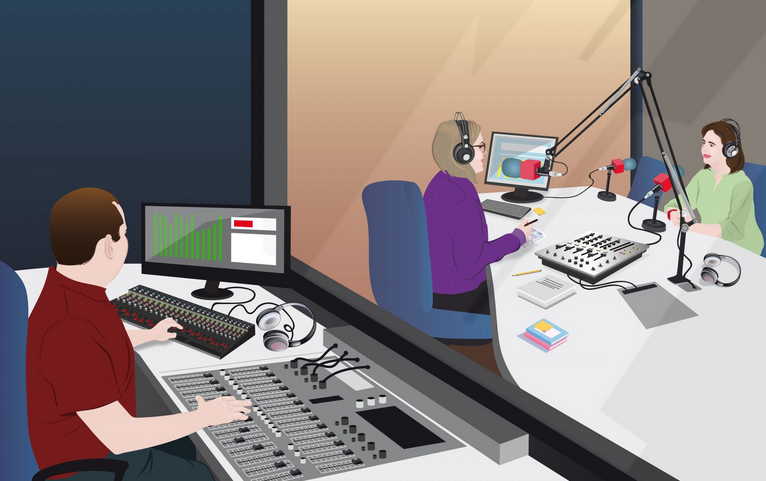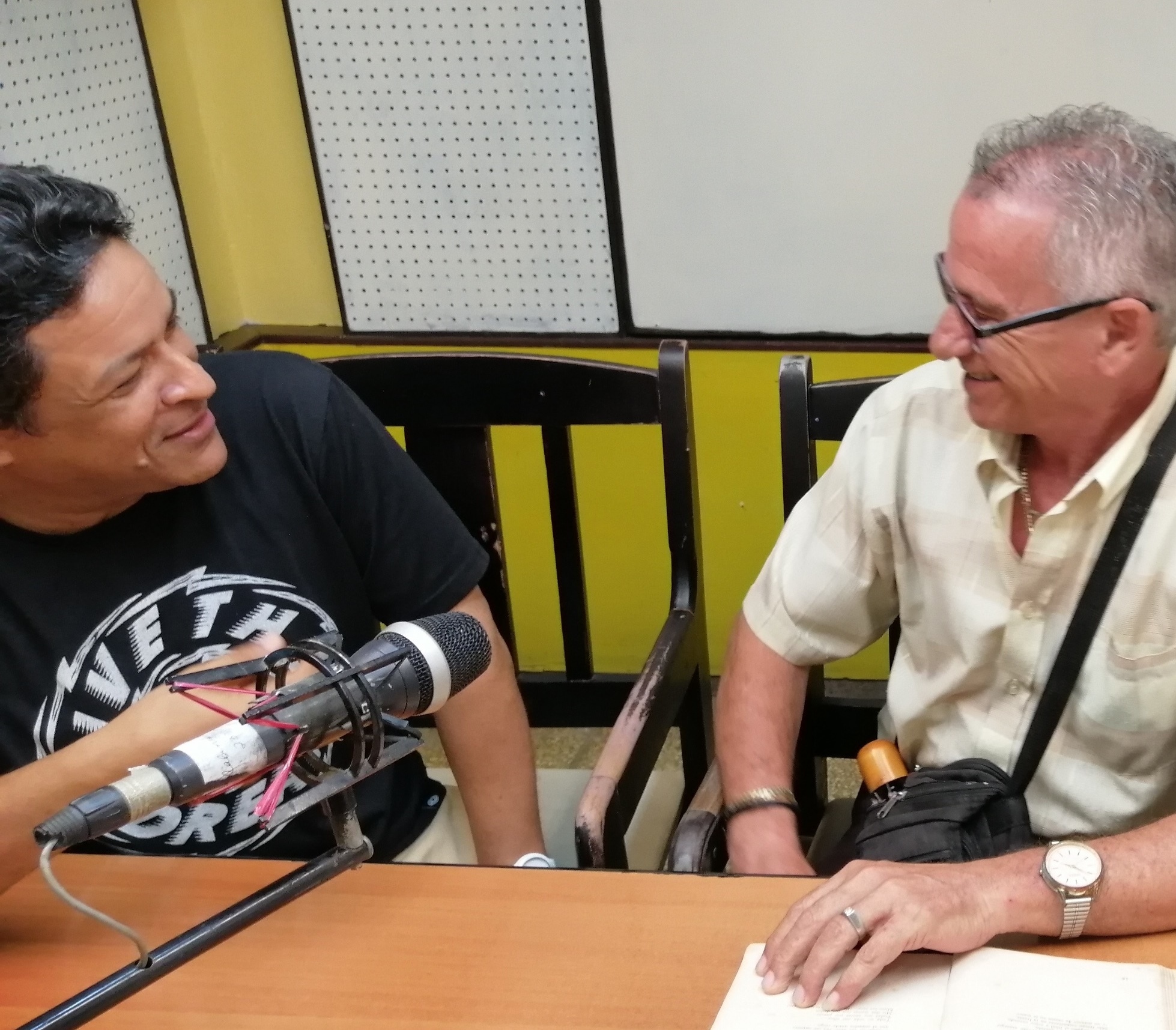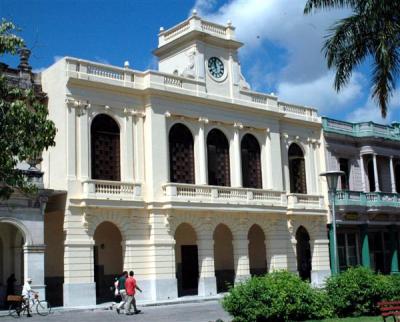The development of a topic, the segments supporting it, the music used as an indispensable element to reaffirm its content, are all unified, to form an indissoluble, powerful and effective whole.
The radio magazine also boosts each and every one of the specialties that it admits or requires. It integrates the select group of formats in which an artist can stand out and fully express him or herself as a creative entity.
A good example to this, perhaps, would be the speaker – presenter, whose knowledge and way of presenting the contents reveals this individual as a well versed person, mediating in concrete aspects, and as a public character dominating diverse subjects.
From the management point of view, it enables the thorough analysis of each approach, with authority and specific dedication. It allows to meditate on how to exploit every detail exposed in the script, seeking to make the most of it to achieve the proposed objective.
To analyze the Radio magazine from idyllic positions would entail denying the mere praxis that for years has separated it from its original concept. The truth is that for a long time most of them have not behaved as such.
It is becoming more and more difficult to sustain a central theme throughout a broadcast or to link the rest of the elements that make it up with the content that marks the development of the program.
In 2019, of the 109 magazines that exist in the country, almost half were transmitted on a daily frequency basis: 40 from Monday to Friday, while 14 did so from Monday to Saturday.
The remaining 55 were set on Saturdays (18), Sundays (36) and Thursday (1). To effectively develop the goal for every day of a main theme, a group of writers dedicated to the same space would be needed, without the pressure that comes from the daily transmission of the program and its thematic diversity.
The promotional and informative functions favor lifestyles and ways, or provide explanatory elements to understand facts, situations that condition man’s actions, as is the case of the last one.
In all magazines prevails the desire to stimulate, from the radio, ways of assuming life and understanding, to a large extent, behaviors, ways, attitudes.
Knowing how many people and who listens to a certain space is still a chimera and it is essential, both to the writer, consultant and director, fundamentally, to have access to that precision.
Today, the reality is different, more diverse and features greater power of reach. We must also consider conveying these treatments to other platforms in which more atypical age groups might be converging today, dissimilar to those already defined and identified.
Let us assess the potentialities that are presented to us in these spaces and let us re-functionalize ways of doing, of channeling discourses, ideas, of approaching unusual, disparate and exceptional participatory modes.
Let’s think about how to enrich this radial classification and improve its impact on the public. Let us reevaluate our gaze and stimulate practices that infuse and revitalize our ways of doing things: Radio Revista needs it.





